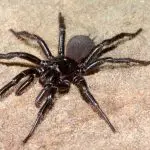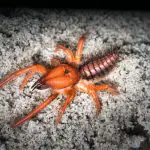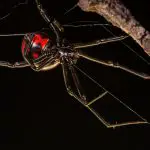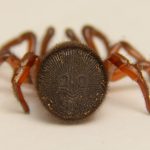Last updated on February 1st, 2023 at 10:08 am
The Six Eyed Sand Spider (Sicarius hahni) is a master of camouflage hailing from the deserts of southern Africa. Though its venom is potent, it prefers to avoid humans…
Learn more about the size and lifespan of the Six Eyed Sand Spider in this article. You’ll also learn where these creatures live and what they eat. This spider has a long lifespan and can go a year without eating. If you’re wondering if this spider is dangerous, keep reading!
Six Eyed Sand Spider size
The Six Eyed Sand Spider is a member of the family Sicaridae. This means it is what we call a “true spider” or a member of the Araneae family. Tarantulas, Funnelwebs, Purseweb Spiders, and Trapdoor Spiders, on the other hand, are mygalomorphs.
It can be as long as one and a half centimeters in length and has three rows of eyes. Its coloration varies, depending on its habitat. They are brown or reddish, and have hairy bodies. Because of their color and size, they blend in well with their environment. Their venom is toxic, but they are beneficial to nature. They destroy weak insects that would otherwise die in the desert.
The venom produced by the six-eyed sand spider contains cryotoxin, a toxin that destroys blood vessels and erythrocytes. It is a deadly weapon, but it is not common to encounter these creatures. In fact, only two certain bites have been recorded. Although these spiders are small, they can cause significant injuries.
The Six Eyed Sand Spider has two types, male and female. The female lays eggs in a cocoon bowl and buries it in the sand. The young spiders emerge after some time from the cocoon.
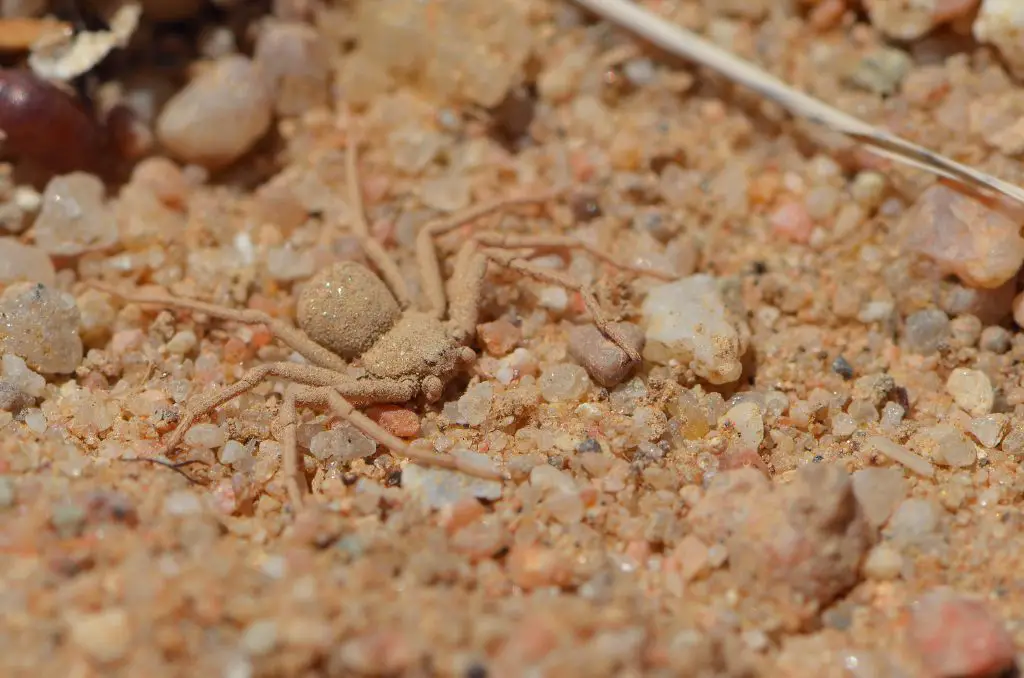
Six Eyed Sand Spider lifespan
The Six Eyed Sand Spider lives for up to 15 years. The spider prefers to attack from an ambush, where it burrows into the sand to avoid detection. The tiny hairs on its body disguise it and the grains of sand adhere to its body. It waits for its prey to come near and then attacks with lightning speed. Once it has caught its prey, it injects its deadly poison into its body.
The life span of a Six Eyed Sand Spider varies from one individual to another. This spider has a long life span and can even go without food for more than a year!
The Six Eyed Sand Spider lifespan is much longer than most other True Spider species!
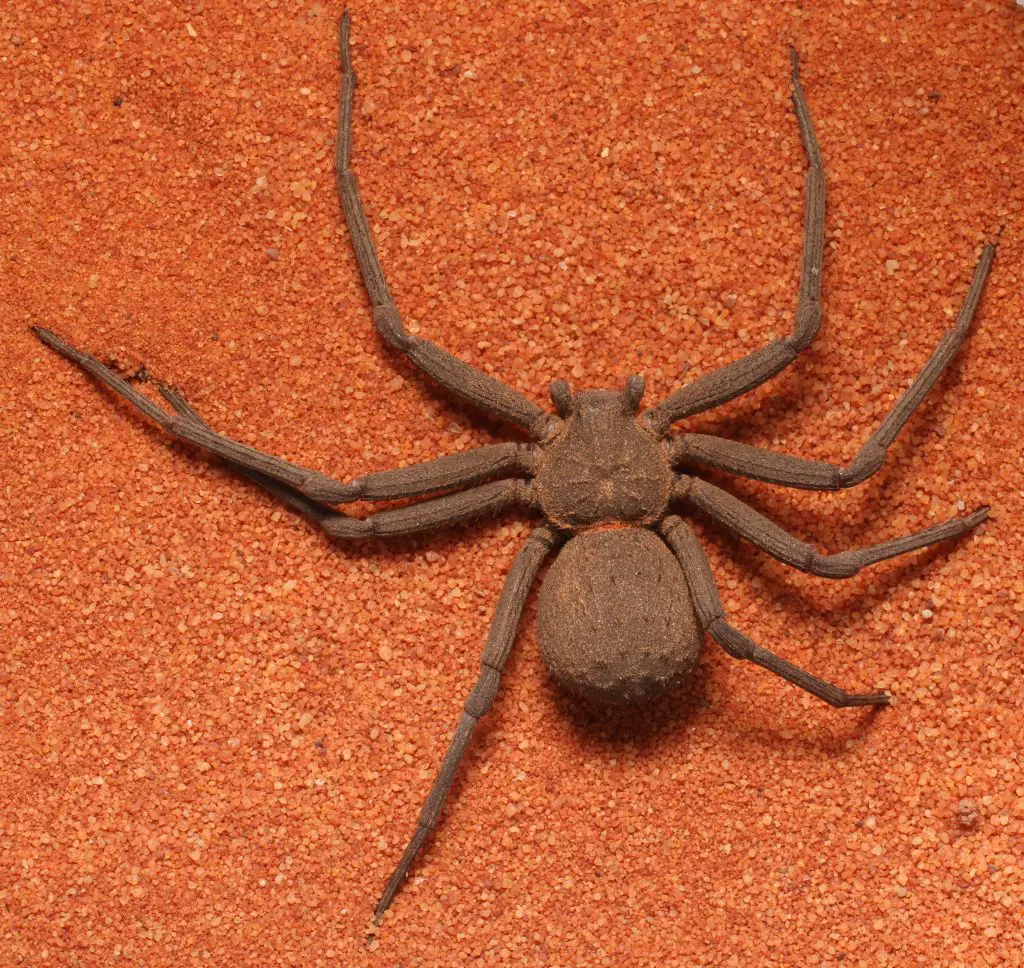
Six Eyed Sand Spider location
The Six Eyed Sand Spider is an important member of the family of the arachnidae, and is thought to have evolved from larger animals that once occupied the same habitat. Although it is not exactly known where it evolved, researchers believe that it was once present in western Gondwana, a supercontinent that split into two separate continents more than 500 million years ago.
Their habitat is rapidly expanding in the current day, and is made up of a variety of crevices, natural ruins, and shallow patches of sand. Its ability to bury itself and adhere to the sand particles allows it to camouflage itself in its surroundings.
The Six Eyed Sand Spider is a medium-sized spider found throughout the deserts of Southern Africa. Its leg span is around 60 mm, and its color is reddish-brown or yellow.
It is so flat and has a low body hair-to-body ratio, which makes it difficult to spot. Its venom, however, is incredibly dangerous and can even damage organs.
While the Six Eyed Sand Spider is not the largest spider in the world, its venom is said to be some of the deadliest in history. As a result, it does not make cobwebs or spin webs, just relies on ambush and fast-acting venom.
What do Six Eyed Sand Spiders eat?
What do Six Eyed Sand Spiders dine on? The scientific name of the Six Eyed Sand Spider is Sicarus hahni, which means “killer”. Despite its venomous nature, this arachnid rarely comes in contact with humans. The spider lives in the deserts of Africa and South America. Here is what they eat:
- ants
- grasshoppers
- scorpions
- other spiders
- anything small enough!
The poison of a six-eyed sand spider is extremely powerful. Its venom has a lethal toxin that attacks blood vessels and destroys red blood cells. Although these spiders are generally very shy, the venom is highly effective in killing humans. In two recorded cases, the spider’s venom was so toxic that a rabbit was rendered dead in five to twelve hours.
The diet of a Six Eyed Sand Spider depends largely on the habitat it lives in. They feed on insects and scorpions. They live in desert environments and hunt through ambushes. Their front legs are used to seize prey and inject poison into its victim.
The spider can survive for months or even years without food.
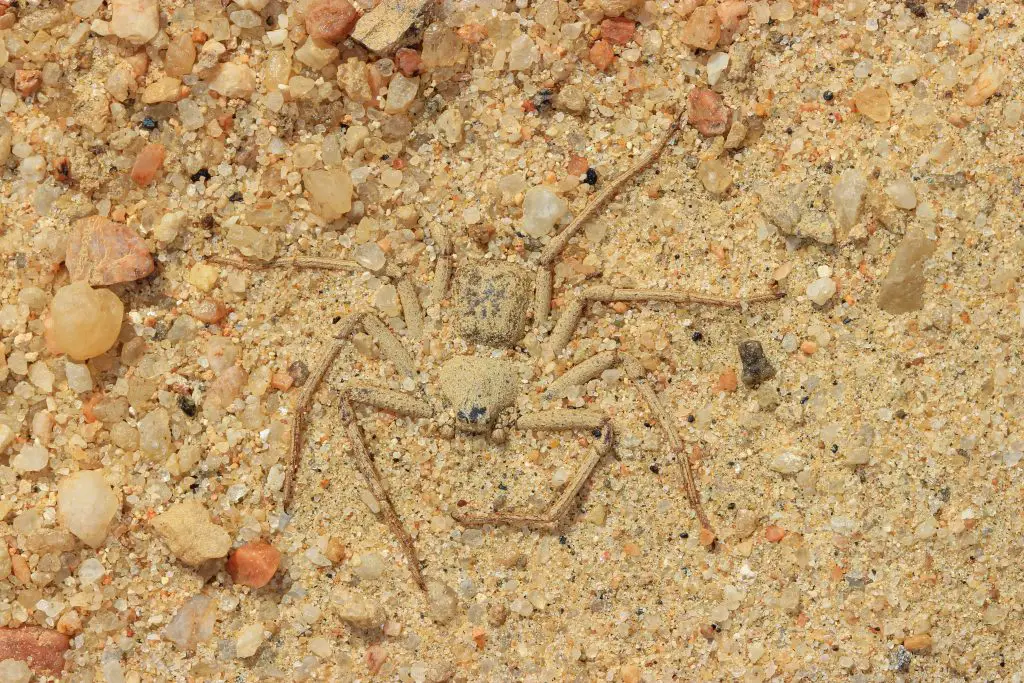
Camouflage
The sand-colored bodies of the Six Eyed Sand Spider offer great camouflage for this spindly creature. Its microscopic hairs called setae help it blend into its surroundings. This allows it to quickly sneak up on prey and strike without being seen.
Although this spider is one of the deadliest spiders in the world, it has a fascinating camouflage technique. It bury itself in sand and then strike from an ambush position. It does this by attaching sand particles to the cuticles on its abdomen.
The Six Eyed Sand Spider’s camouflage techniques make it difficult for predators to detect it in its natural habitat. Its coloration changes constantly, but it’s usually reddish brown or yellow.
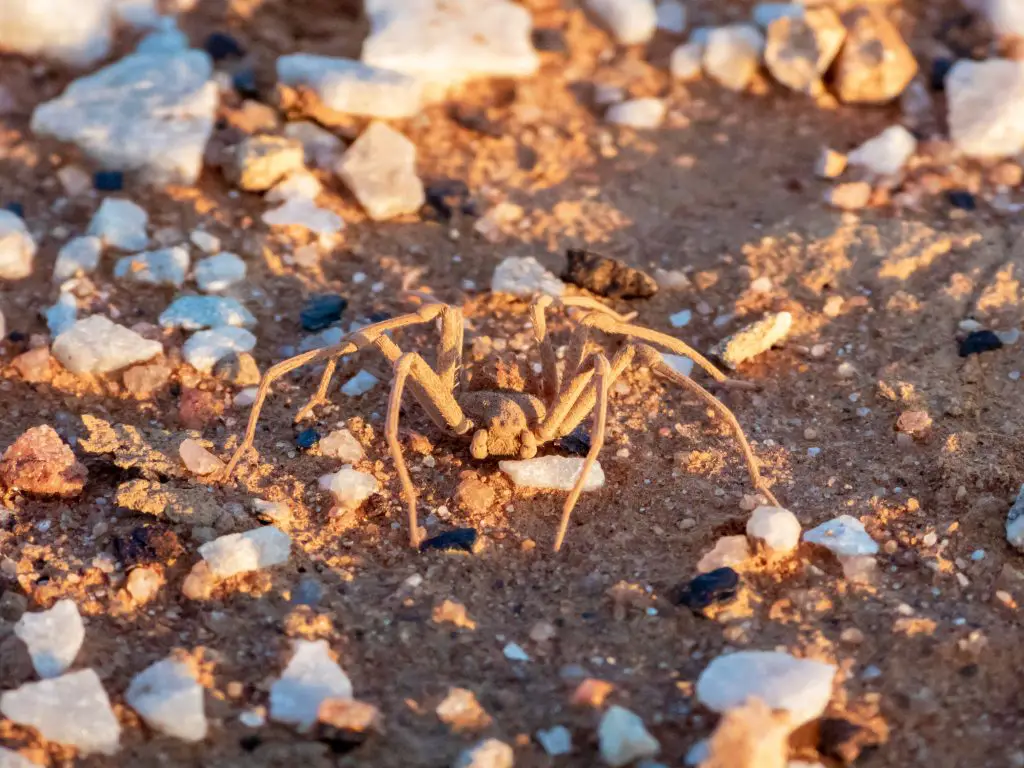
Can a Six Eyed sand spider kill you?
The Six Eyed Sand Spider, also known as Sicarius hahni, prefers to hunt its prey from an ambush, rather than a direct attack. It burrows into the sand to camouflage itself. Tiny hairs on its body and strands of sand attached to its abdomen help it hide. Once it finds a prey, it injects its deadly venom into the victim, killing it.
The venom from the Six Eyed Sand Spider is highly toxic, resulting in severe pain and swelling. The venom of this spider is extremely potent, causing tissue destruction and blood vessel leakage.
Unfortunately, there is no known antivenom for the six-eyed sand spider. You should never attempt to handle this spiky creature. Its bite is extremely painful and you should seek medical attention immediately.
A Six Eyed Sand Spider is very common in the deserts of southern Africa. It is very unlikely that the six-eyed sand spider will attack you, but you should be aware that the venom of this spider is deadly.
In theory, the bite of this species could probably kill you.
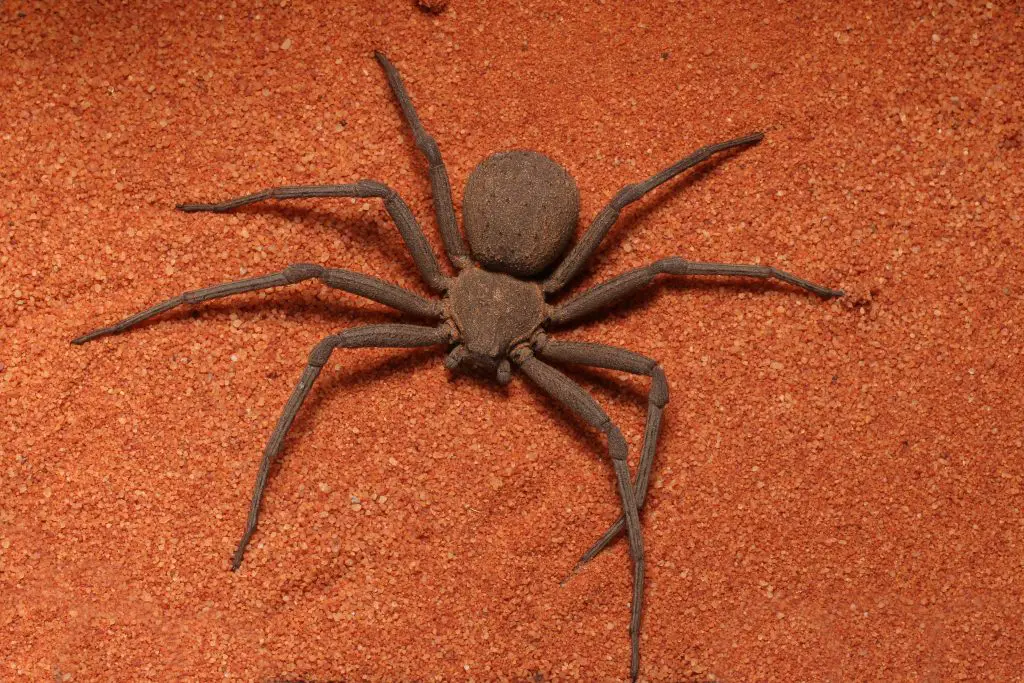
Reproduction
Six Eyed Sand Spiders are known to reproduce via a complicated mating ritual. Their eggs are folded into a silk bundle called an egg sac. Male spiders approach the female slowly to avoid triggering her fight or flight response.
The male spider must then make an efficient exit. The female spider will hatch her eggs a few days later. The process is a complicated one, so it is important to follow the proper steps to ensure a successful mating.
The adult Six Eyed Sand Spider lays its eggs in sacs. The resulting juveniles do not spin webs and hunt for prey. As with other sand spiders, the baby six-eyed sand spiders are venomous and will cannabilise each other.

